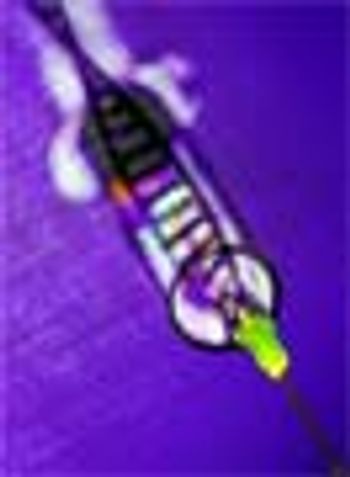Articles by Alex Eon-Duval

The medical benefits of transgenes - effective against diseases such as cancer, HIV, malaria, and tuberculosis - require either a viral or nonviral vector. Nonviral vectors have lower immunogenicity, better safety profiles, and improved stability, as well as being less expensive and easier to produce. The first article in this series reviewed techniques suitable for the purification of plasmid DNA in the absence of added RNase. This article investigates a downstream process capable of producing gram quantities of pure plasmid DNA.

Although gene therapy and DNA vaccination suggest promising new approaches to disease treatment - and nonviral vectors (which are cheap and easy to manufacture) afford low immunogenicity, better safety profiles, and improved stability - commercial-scale purification of plasmid DNA remains difficult, particularly if bovine-derived ribonuclease A is left out of the process. This article series reviews the benefits and limitations of current plasmid DNA purification and suggests an RNase-free downstream process that is scalable, robust, and meets the requirements set by industry regulators.




